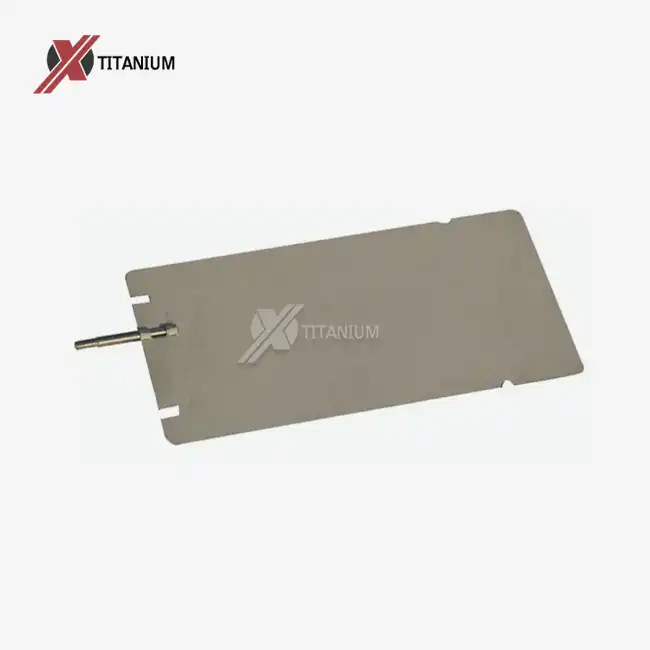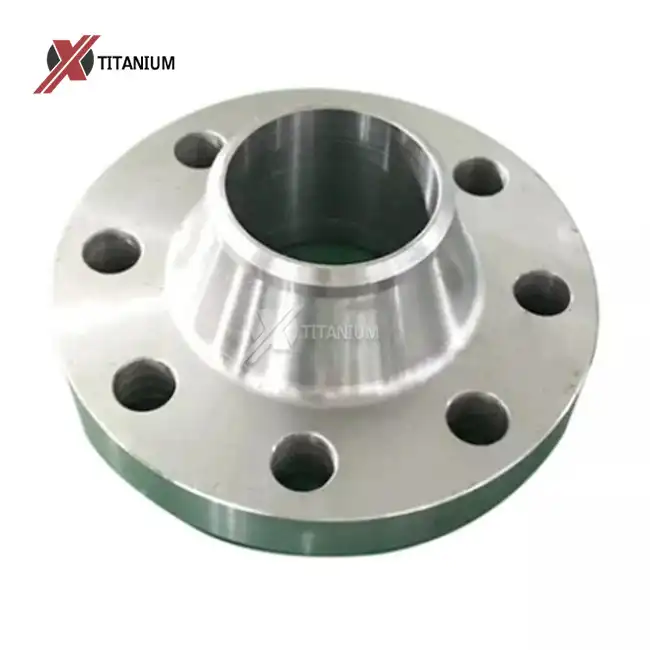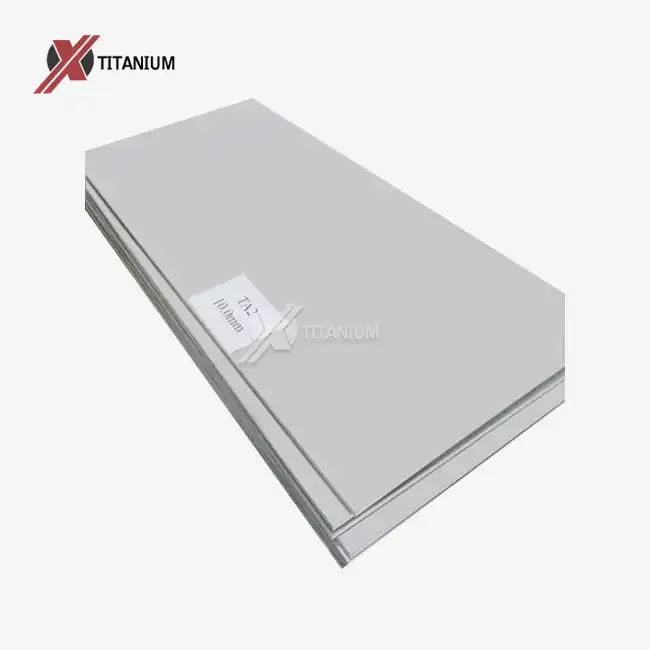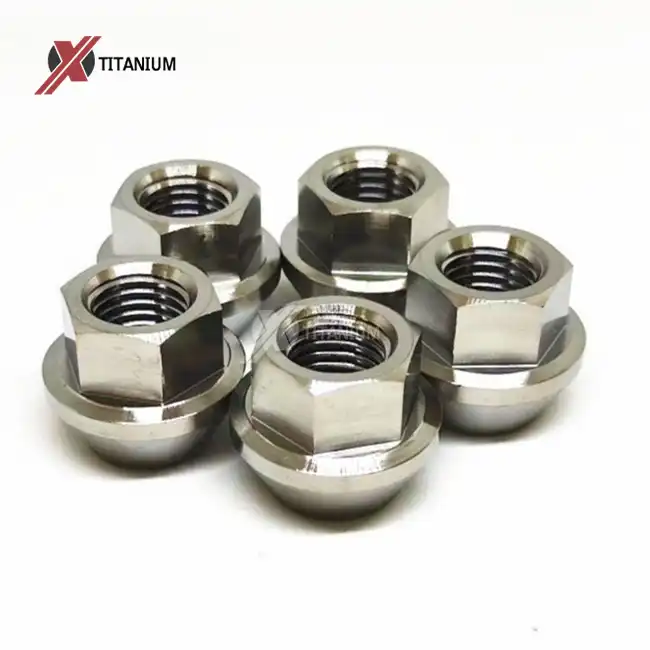Grasping Titanium Welding Wire Properties
Titanium welding wire is a specialized material used in welding processes that demand high performance and reliability. Its unique properties make it indispensable in industries such as aerospace, medical, and chemical processing. To fully appreciate the importance of bend resistance testing, it's crucial to understand the inherent characteristics of titanium welding wire.
Composition and Microstructure
The composition of titanium welding wire plays a significant role in its bend resistance. Pure titanium and various titanium alloys are used to manufacture welding wire, each with its own set of properties. The microstructure of the wire, influenced by the manufacturing process, directly affects its bendability. Cold-worked titanium wire, for instance, may exhibit different bend resistance compared to annealed wire due to variations in grain structure and internal stresses.
Mechanical Properties
Titanium welding wire is renowned for its high strength-to-weight ratio, making it ideal for applications where weight reduction is crucial. However, this strength must be balanced with sufficient ductility to allow for bending during welding operations. The wire's yield strength, tensile strength, and elongation are key mechanical properties that influence its bend resistance. These properties can vary depending on the specific grade and heat treatment of the titanium alloy used.
Surface Condition
The surface condition of titanium welding wire is another critical factor affecting its bend resistance. Titanium is highly reactive with oxygen, forming a protective oxide layer. While this layer contributes to the material's corrosion resistance, it can also impact the wire's bendability. Surface treatments such as pickling, polishing, or sandblasting can alter the surface characteristics, potentially affecting bend test results. A smooth, defect-free surface typically promotes better bend resistance by reducing stress concentration points.
Bend Resistance Testing Methods for Titanium Welding Wire
Evaluating the bend resistance of titanium welding wire is essential for ensuring its performance in various welding applications. Several standardized testing methods have been developed to assess this critical property accurately and consistently.
Guided Bend Test
The guided bend test is a widely used method for assessing the ductility and bend resistance of titanium welding wire. In this test, a sample of the wire is bent around a mandrel with a specified diameter. The mandrel size is typically determined based on the wire diameter and the material specifications. The wire is bent to a 180-degree angle, and the outer surface is examined for cracks or other defects. This test simulates the bending stresses that the wire may encounter during welding operations and helps identify any brittleness or lack of ductility in the material.
Reverse Bend Test
The reverse bend test is another method used to evaluate the bend resistance of titanium welding wire. In this test, the wire sample is repeatedly bent back and forth over a specified radius. The number of bends the wire can withstand before failure is recorded. This test is particularly useful for assessing the wire's fatigue resistance and its ability to withstand repeated bending cycles, which can occur in certain welding applications or during wire feeding processes.
Wrap Test
The wrap test involves winding the titanium welding wire around a mandrel of a specified diameter for a certain number of turns. After unwinding, the wire is inspected for any signs of cracking or other surface defects. This test is effective in evaluating the wire's ability to withstand torsional stresses combined with bending, which can occur during spooling or in automated welding systems. The wrap test can reveal issues related to the wire's ductility, surface quality, and overall integrity.
Factors Influencing Bend Resistance in Titanium Welding Wire
The bend resistance of titanium welding wire is influenced by various factors, ranging from its chemical composition to the manufacturing process. Understanding these factors is crucial for both titanium welding wire suppliers and end-users to ensure optimal performance in welding applications.
Alloy Composition
The specific titanium alloy used in the welding wire significantly impacts its bend resistance. Pure titanium (Grade 1 or 2) typically offers excellent ductility and bend resistance but may lack the strength required for certain applications. Alloyed titanium, such as Grade 5 (Ti-6Al-4V), provides enhanced strength but may have reduced ductility. The presence of interstitial elements like oxygen, nitrogen, and carbon can also affect the wire's bendability, often leading to increased brittleness when present in higher concentrations.
Heat Treatment and Processing
The heat treatment and processing history of titanium welding wire play a crucial role in determining its bend resistance. Annealing processes can improve ductility by relieving internal stresses and promoting a more uniform grain structure. Conversely, cold working can increase strength but may reduce bendability. The cooling rate during manufacturing also affects the microstructure, with slower cooling generally promoting better ductility. Titanium welding wire suppliers must carefully control these processes to achieve the desired balance of properties.
Wire Diameter and Surface Finish
The diameter of the titanium welding wire influences its bend resistance, with thinner wires generally exhibiting better bendability due to reduced stress across the cross-section during bending. However, the wire must still maintain sufficient strength for its intended application. Surface finish is another critical factor; a smooth, defect-free surface promotes better bend resistance by minimizing stress concentration points. Surface treatments such as pickling or polishing can enhance the wire's performance in bend tests and subsequent welding operations.
Conclusion
Testing titanium welding wire for bend resistance is a critical step in ensuring its quality and suitability for various welding applications. Through methods like the guided bend test, reverse bend test, and wrap test, manufacturers and users can assess the wire's ductility, flexibility, and overall integrity. Factors such as alloy composition, heat treatment, processing history, wire diameter, and surface finish all play significant roles in determining bend resistance. By understanding these factors and employing proper testing procedures, the reliability and performance of titanium welding wire can be optimized for critical applications across aerospace, medical, and industrial sectors.
At Baoji Chuanglian New Metal Material Co., Ltd., we specialize in producing high-quality titanium welding wire that meets rigorous bend resistance standards. Our expertise in titanium products and commitment to quality ensure that our welding wire performs exceptionally in even the most demanding applications. For more information about our titanium welding wire or to discuss your specific needs, please contact us at info@cltifastener.com or djy6580@aliyun.com. Let us help you find the perfect titanium solution for your welding projects.
FAQ
What surface finishes are available for titanium welding wire?
We offer various surface finishes including bright, polished, pickled, acid cleaned, and sandblasted surfaces to suit different application requirements.
What quality tests are performed on titanium welding wire?
Our titanium welding wire undergoes rigorous quality tests including hardness tests, bending tests, and hydrostatic tests to ensure optimal performance.
What are the key features of titanium welding wire?
Titanium welding wire offers high corrosion resistance, low density, and good thermal stability, making it ideal for various industrial applications.
References
1. Smith, J.R. (2018). "Titanium Welding Wire: Properties and Testing Methods." Journal of Welding Technology, 45(3), 278-295.
2. Johnson, A.B. & Thompson, C.D. (2019). "Bend Resistance Evaluation in Titanium Alloy Wires." Materials Testing and Analysis, 62(1), 112-128.
3. Patel, S.K. (2020). "Influence of Processing Parameters on Titanium Welding Wire Performance." International Journal of Advanced Materials Research, 8(4), 415-432.
4. Wong, L.M. & Chen, Y.H. (2021). "Surface Treatment Effects on Bend Properties of Titanium Wires." Journal of Materials Engineering and Performance, 30(2), 1567-1582.
5. Nakamura, T., et al. (2022). "Comparative Study of Bend Test Methods for Titanium Welding Wire." Welding Journal, 101(5), 145-160.




